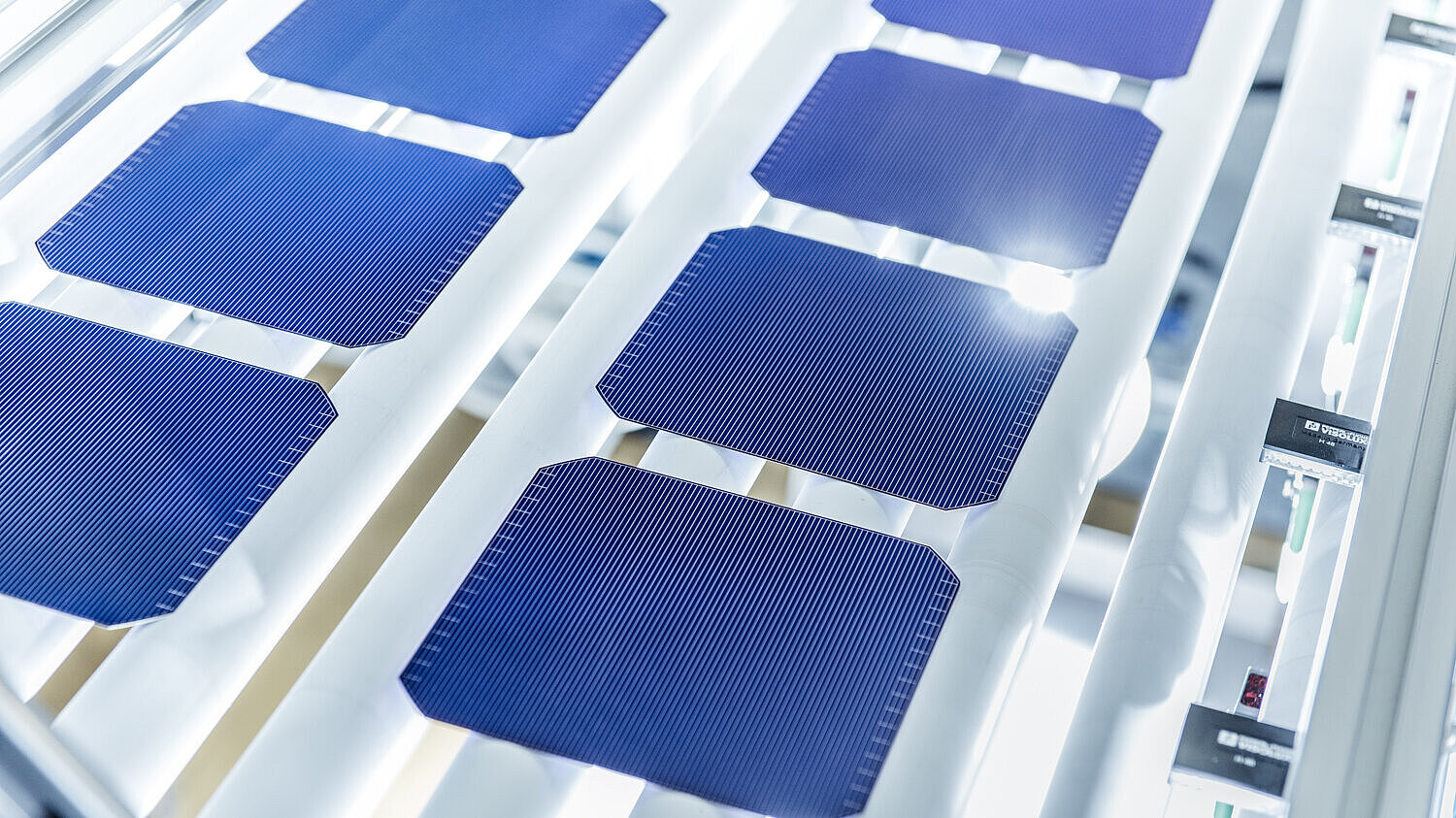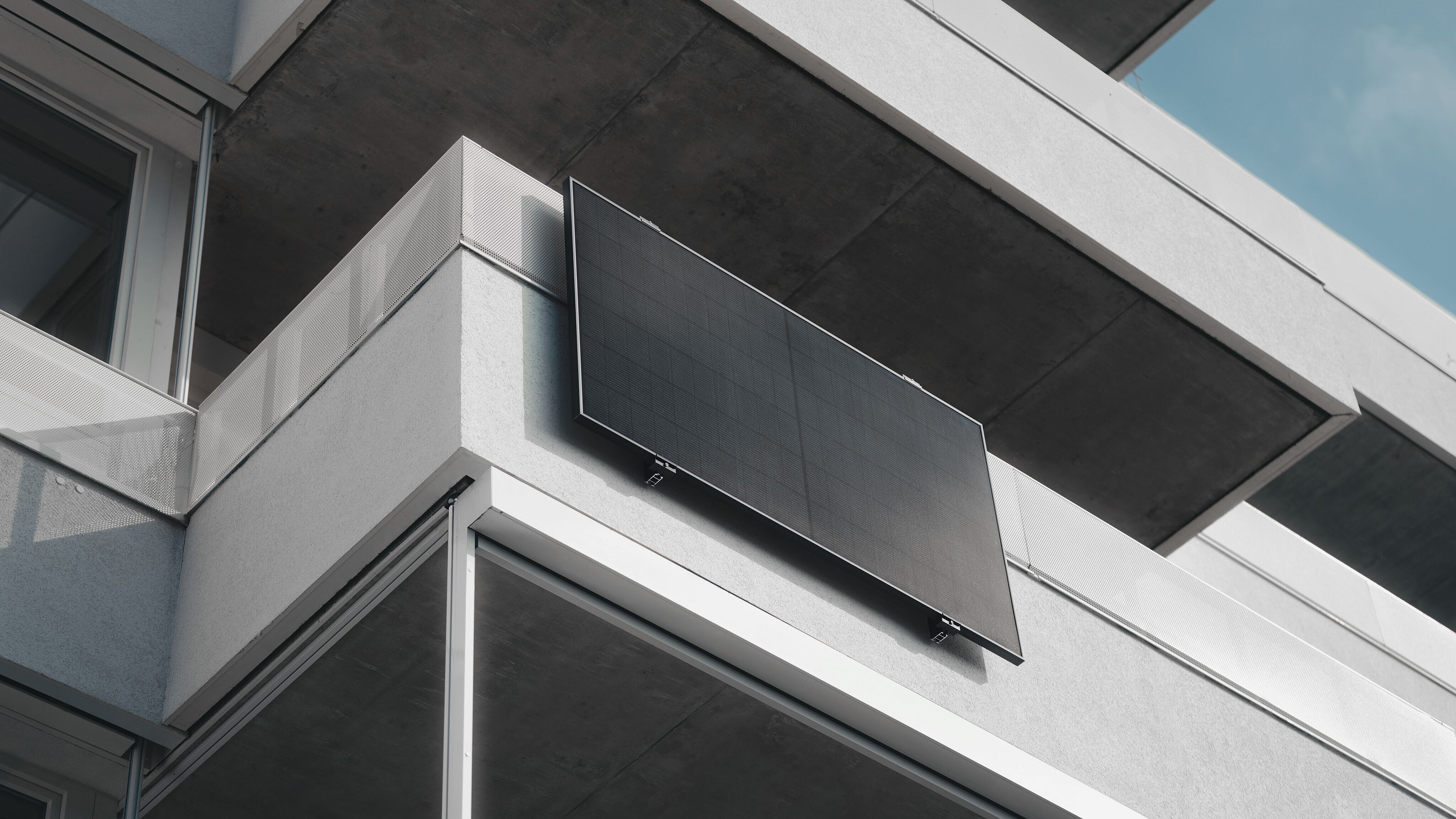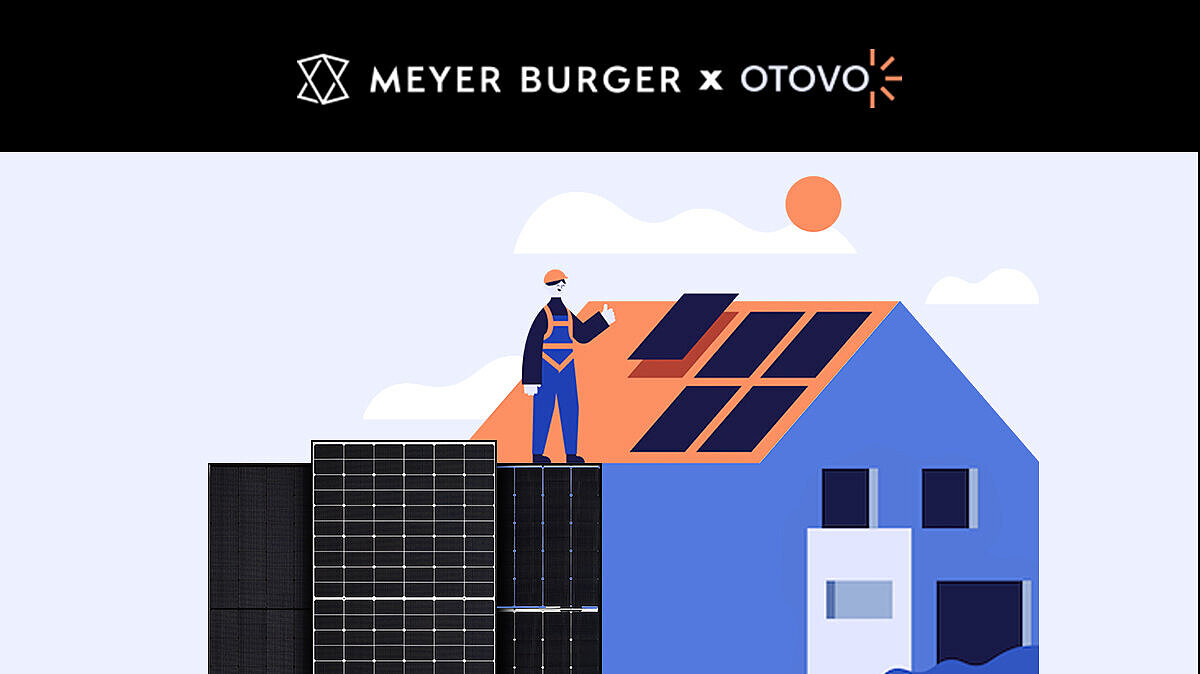As announced today in a separate media release, Meyer Burger has commissioned an expert opinion on Meyer Burger's HJT/SWCT technology from the world renowned Fraunhofer Institute for Solar Energy Systems (Fraunhofer ISE).
According to this report, Meyer Burger's HJT/SWCT technology currently has a technological lead of at least three years over competitors and is currently ready for the market. The core statements of the expert opinion are summarized below in a slightly abridged form.
Technological classification:
- With HJT and SWCT1, Meyer Burger has developed a mutually compatible proprietary cell/module technology that is equivalent to SunPower's leading A-series in terms of module efficiency and yield and superior to all other technologies currently offered by competitors.
- The majority of competitors are focusing on incremental design improvements of modules with the technologically mature PERC cell technology in an effort to sustain the continuous trend towards increased PV performance.
- Selected competitors pursue alternative technologies (IBC, HJT, TopCon), but with significantly higher production costs (e.g. SunPower with IBC, Panasonic with HJT).
- There is currently no alternative provider for cell interconnection with SWCT (see also IP).
Technical advantages:
- Meyer Burger has a lead of at least 3 years over competitors of conventional solar modules in terms of module efficiency, which is likely to increase in the foreseeable future due to the flattening development of the PERC technology.
- Additionally, improved operating parameters, such as temperature coefficient2, degradation or bifaciality3, allow for a substantial increase in energy yield.
Achievable sales prices:
- Savings resulting from module efficiency (e.g., fewer mounting systems, since fewer modules are needed for the same power output) and the higher energy yield allow for a substantial price premium, the value of which varies depending on segment, region and market share.
Production costs:
- The manufacturing costs per Wp of HJT/SWCT modules in mass production are only slightly higher than for the dominant PERC technology, but lower than those of alternative high-performance technologies, in part due to the reduction in silver demand of up to 30% by SWCT.
Technological maturity:
- The cell and module efficiency of HJT/SWCT has been proven with successful ramp-up of mass production at REC; commissioning was carried out by Meyer Burger.
Technology roadmap:
- The technology roadmap is plausible and realistic; it allows for an above-average development of module efficiency and yield and a reduction of manufacturing costs, so that the current 3-year lead of the technology can potentially be further extended.
Protection of IP:
- Meyer Burger has extensive patent families covering HJT and SWCT production processes, equipment and products; some of these patent families will not expire until 2039.
- SWCT can only be offered by Meyer Burger; currently known alternative wiring concepts for HJT are technically and economically inferior and not fully developed.
Summary:
The business case for manufacturing and marketing Meyer Burger's HJT/SWCT modules is considered by Fraunhofer ISE to be lucrative due to the favorable price/cost ratio and the technological leadership.
1 Wire interconnection with high positioning tolerance
2 Determines efficiency loss at operating temperature
3 Module efficiency of the rear side of the cell relative to the front
Study on behalf of Meyer Burger, 2020
Date of publication: 19 June 2020
Meyer Burger commissioned Europe's largest solar research institute to analyse the production of the heterojunction/smart-wire technology developed by the company and to evaluate the resulting evaluation of its own production in Europe, particularly Germany.



